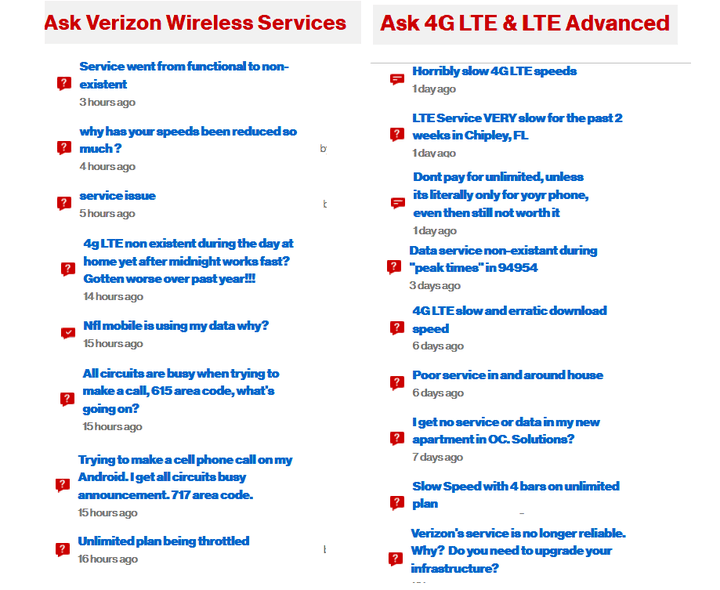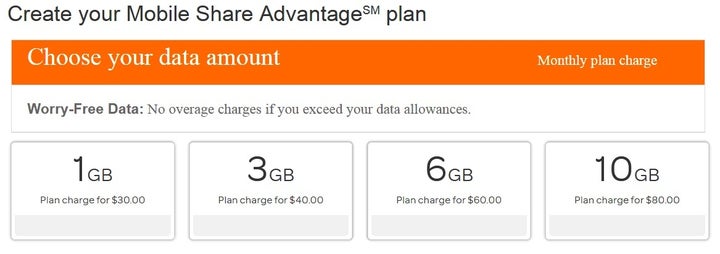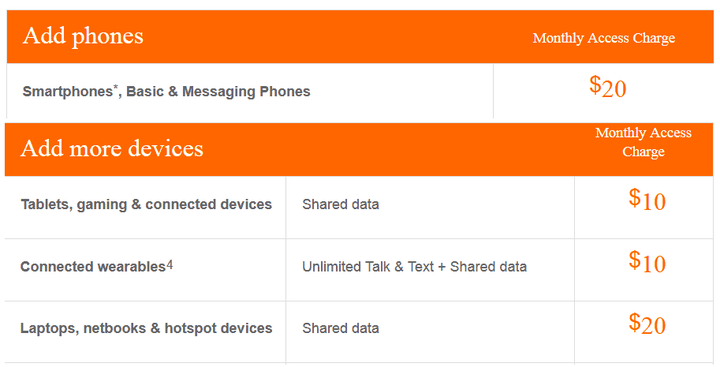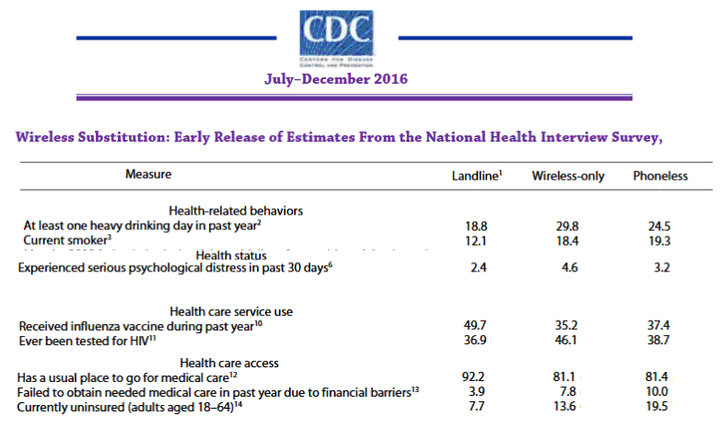Some titles of posts from the Verizon Community Forums on October 3rd, 2017

We’ve divided this into three parts:
- Part I is a discussion of how the FCC has manipulated the statistics in their recent 20th wireless report to help AT&T and Verizon over the public and your interests.
- Part II: America is 59th in LTE speeds and more expensive for data than 39 other countries, not to mention that 40%+ of your data usage is for adtech and software designed to track your online usage, and even your location.
- Part III: Wireless is not a substitute for a wired connection to the home or office. You paid for a fiber optic connection. They manipulated the accounting. Time to start the investigations.
The FCC released the “Twentieth Annual Report and Analysis of Competitive Market Conditions with Respect to Mobile Wireless”; a piece of propaganda on wireless competition in America to help AT&T and Verizon. As we will discuss, the statistics and presentation are based on a questionable manipulation of the facts, or more importantly, it is the omission of basic information that is the real problem.
These reports should be ‘consumer-oriented’ as they are based on a requirement by “The Omnibus Budget Reconciliation Act of 1993”. This is from the 12th report, dated February 4th, 2008.
“As in the past, this report bases its analysis on a consumer-oriented view of wireless services by focusing on specific product categories, regardless of their regulatory classification.”
Where Are the Customer Surveys Exposing Customer Frustration?
Reading this current FCC report one would think everything is honky-dory; prices are dropping, speed is increasing and performance is getting enhanced. For example, on service quality and speed, the FCC states:
“Service quality and speed. Network speed is a key characteristic of mobile wireless performance, and these network investments have resulted in improved network quality as measured by download speed. For example, based on Ookla data, the mean LTE download speed increased from 14.4 Mbps for the first half of 2014 to 23.5 Mbps for the first half of 2017, an increase of well over 60 percent.”
While some of this is true, this isn’t the reality on the ground as told by customers who post on the Verizon Wireless community forums or other sites. And there are plenty of facts that contradict the FCC’s position, even on download speeds. In fact, there are endless streams of problems across America with service – slow speeds, unlimited plans that are throttled and problems even connecting using the cell phone service. (This group is from October 3rd, 2017.)
Just read the titles of the posts listed above to get a glimpse of the issues that the FCC has not examined in this report.
Yet the FCC writes:
“For example, consumer demand and output continue to increase, average prices have been falling, and service providers have enhanced the performance, coverage, and capacity of their networks…The 20th Report concludes that competition continues to play an essential role in the mobile wireless marketplace, driving innovation and investment to the benefit of the American people and economy.”
“Many Americans use mobile broadband to enjoy advanced telecommunications capability. …And in recent months, the four nationwide mobile broadband providers have announced or expanded their ‘unlimited’ data offerings.”
In fact, the FCC did no surveys of actual users, no discussion of the problems with service, especially if it is supposed to be a substitute for a more reliable wireline service, and more importantly, in another FCC report, the FCC has manipulated the story of wireline broadband in America to help the telco agenda.
Combined with a related series of proceedings at the FCC to ‘shut off the copper’, force-march customers onto wireless, even for the home, remove the cost accounting rules that cover over massive financial cross-subsidies, and with the goal to set a new low bar for the speed of broadband service, this report showers the press and Congress with smiling emoji to show that the FCC is on the right path.
But it is the slight of hand with the data and story telling that is the real problem.
Making Up the Numbers about the Costs to Customers
An example: The FCC wants us to believe all is well and prices are seriously falling. But the FCC just quotes facts that don’t add up. According to the FCC, the price of 1 MB (1000 equals 1GB) is now ½ cent. Watch how that unravels into gibberish.

The FCC quotes Recon Analytics, claiming that the price of 1 MB is ½ cent.
1) “According to analysis by Recon Analytics, the cost per MB has fallen significantly over the past decade, from $1.37 per MB in 2007 to less than half a cent per MB in 2016.”
2) This means that 1GB, (1000 MB) should be just $5.00.
Next, the FCC tells us that the average subscriber is using 3.9GB a month.
3) “CTIA reports that monthly data usage per smartphone subscriber rose to an average of 3.9GB per subscriber per month, an increase of approximately 39 percent from year-end 2015 to year-end 2016.”
4) This means that the average subscriber using 3.9GB should be paying $19.50, ($5.00 times 3.9GB).
Actual Pricing Is Not Even Close to these Quoted Stats
The FCC throws out numbers that mean nothing when you go to the actual plans, like AT&T. This is the current AT&T pricing (as of October 7th, 2017) for some of the plans; 1GB is $30.00, 3GB are $40.00, 6GB are $60.00 and 10GB are $80.00 – just for the actual usage.

Phones and Devices Not Included
However, this price doesn’t include the phones or devices, which they call a “Monthly Access Charge”, and each cost money; the phone alone adds $20.00. (Nor does it include the taxes, fees and surcharges.)

Thus, the original statistic is not based on adding plan fees, or the taxes, fees and surcharges (that are either ‘made up’ or mandatory or both), nor the access charge per device.
The FCC Touts Unlimited Plans.
Then we get to the “bigger picture”, where the FCC discusses the “new and improved unlimited plans”—and this is based on facts.
“But looking at the bigger picture, most reasonable people see a fiercely competitive marketplace. For example, since the FCC’s last report in 2016, all four national carriers have rolled out new or improved unlimited plans. This is strong, incontrovertible evidence. To be sure, some strenuously resist this conclusion, and have for many years. At its core, it’s hard to say that resistance is inspired by a careful review of the facts.”
Facts?
Questions:
- If the average subscriber uses 3.9GB, then are the unlimited plans a new form of overcharging?
- How many people, exactly, got these plans and are paying extra and don’t need them?
These Plans Are Not ‘Unlimited’.
Moreover, these plans are not unlimited. After 22GB they crap out and dramatically slow down. AT&T states:
“Video may be limited to SD (not HD). After 22GB of data usage, AT&T may slow speeds.”
And:
“Overage Charges and Data Speeds: No charge for overage. After all your high-speed data allotments are used, all data usage is slowed to a max of 128Kbps (2G speed) for the rest of the bill cycle. You will have basic data use for viewing a web page or checking email. Audio and video streaming, picture and video messaging, as well as other usage, including sponsored data, will be impacted and may not be fully functional. See att.com/broadbandinfo for more details.”
One would think that if the FCC was ‘consumer-oriented’, then these plans are not ‘new and improved’ but deceptive. And considering a lot of people probably got it because they thought it would help with paying overages, then they are simply being overcharged if the average US subscriber is only using 3.9GB.
More Garbage: Everyone Is Wireless-Only? Just Don’t Count the Actual Wires
“According to preliminary data from the Centers for Disease Control and Prevention (CDC), from December 2013 to December 2016, the percentage of U.S. households that were identified as wireless-only increased from approximately 41 percent to approximately 51 percent, making 2016 the first year in which a majority of U.S. households were wireless-only households.”
“Wireless-only” is a phrase used by the FCC to convince us that people are no longer using the wires at all, so the FCC should have the right to let the companies just shut them off. The FCC is quoting a government agency with no telecom expertise and playing with the wording should be the red flag.
This is only about “voice” calling, not actual wires. Thus, the FCC wants to maneuver the discussion so badly that it got rid of the term ‘voice only’ lines, violating the Data Quality Act.
This doesn’t include data lines, like DSL or internet or the cable wire or the alarm circuit—even though the discussion is about smart phones and data.
This doesn’t include businesses or home offices; just households.
The FCC should be made to answer the question: How many households and businesses have no wires coming into the home or office?
And the FCC also left out CDC facts that show that a household with a landline is better off. This chart, taken from the same CDC report, shows that those with a landline drink less, smoke less, and have less psychological stress. In fact, landline subscribers have more money to pay for healthcare than wireless-only or phoneless households and a larger percentage have health insurance.

Of course there are caveats and this analysis is a bit disingenuous, but it shows the carelessness of the FCC’s use of this data to help its telco friends over the public interest.
Failure to Discuss that Wireline Customers are being Charged for Wireless Deployments
The FCC writes:
“Network investment. Service providers have made significant investments in their networks, which have resulted in higher broadband speeds, expanded network coverage, and increased network densification. For example, according to CTIA, between 2010 and 2016, U.S. wireless service providers invested $200 billion, and they are expected to invest over $275 billion over the next several years.”
We have asked the FCC multiple times to audit the telco financial books and their own mal-formed accounting rules because the wireless companies (the subsidiaries that offer wireless) of the incumbent phone companies, AT&T, Verizon and CenturyLink (which has a deal with Verizon) have charged local phone customers billions per state for the building of the wireless networks.
Anti-Competitive, Or Just Downright Illegal?
In the current Verizon NY settlement going on now, one of the consultants writes:
“The Commission should vigorously investigate Verizon’s billing practices with Verizon Wireless and non-affiliated wireless providers to determine whether the company is charging all wireless firms equally, based on services provided and volumes used.”
Thus, the competitors who are not the incumbent phone companies are not just at a disadvantage but can’t sustain price wars when the other side is cheating – charging local phone customers for expenses that the competitors pay to use the state utility networks.
Part II: America is 59th in LTE speeds and more expensive for data than 39 other countries, not to mention that 40%+ of your data usage is for adtech and software designed to track your online usage, and even your location.
Part III: Wireless is not a substitute for a wired connection to the home or office. You paid for a fiber optic connection. They manipulated the accounting. Time to start the investigations.
